Developing Wearable Medical Devices
We’ve been designing, engineering, and commercializing innovative wearable products for consumer health and medical device applications for over 20 years. It is what we founded the company to do.
By working with us, you get a partner that understands the challenges of collecting biometric data, while doing everything from benchtop research and algorithm development to providing meaningful on-field and in-clinic tools. What’s more, we go beyond the technology. Our team of commercialization experts will work to ensure we deliver the appropriate product at the right price, that meets the unique needs of your market.
Our experience includes:
Reliable Data: Establishing Context and User Intent
Providing value to users of wearable products requires establishing context for any data your sensors collect. Without understanding the context of collected data, end user results may be skewed or inaccurate.
The Simbex approach to wearable development is to utilize as much readily available information as possible. Increasing the value of data from user-sensors requires supplemental data opportunities from external sources, including calendar integrations, location services, proximity tracking, application data sharing, and more.
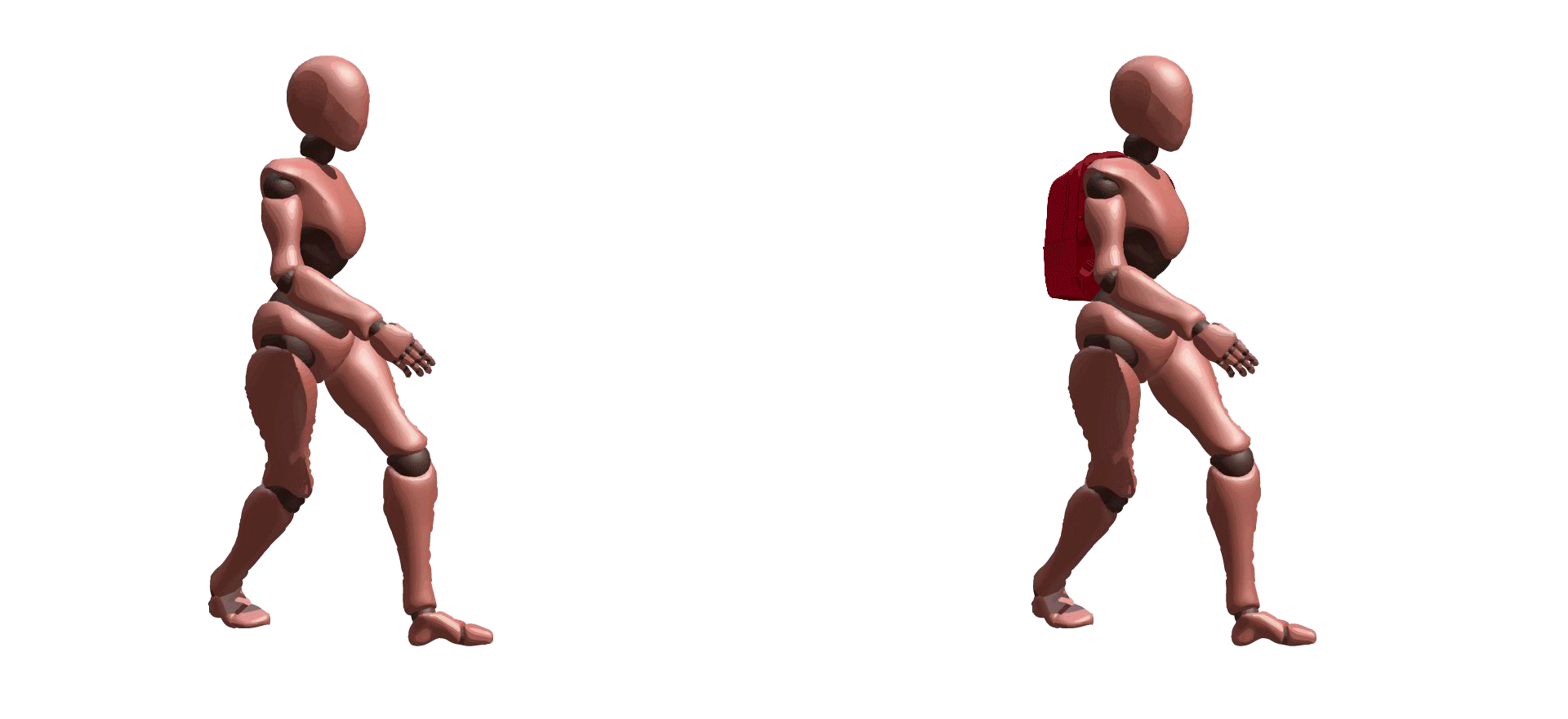
Embedded Sensors
Innovative devices with smaller sensors are changing what we call a wearable medical device. No longer confined to an Apple Watch, we’ve seen biosensors embedded in fabrics, shoe inserts, hearing aids, and even stick-on posture trainers. From a clinical perspective, new devices have the ability to track oxygen saturation, heart rate, HRV, blood pressure, respiratory rate, ECG, temperature, blood pressure, glucose levels, and many more medically-relevant biomarkers.
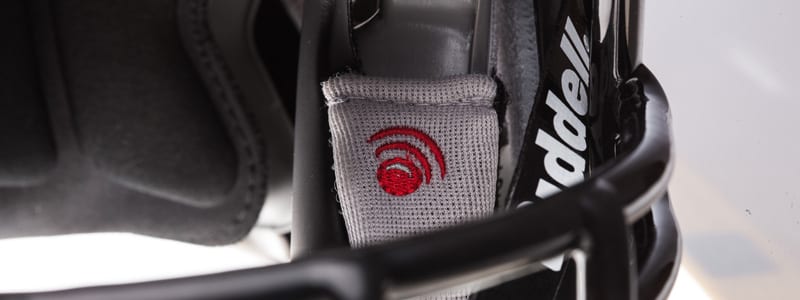
How to Prototype Wearables With Embedded Sensors
Before investing in the development of new sensors for your wearable device, it can be more cost-effective to use existing off-the-shelf solutions for initial prototyping and clinical trials.
We leverage our experience and knowledge of the many available sensors and components to create a viable proof-of-concept and working prototype. Even when tracking novel new biomarkers or motion data with accelerometers and gyroscopes, there is often existing products, or a combination thereof, which can simulate your desired final product requirements.
Starting with existing solutions not only saves your project’s budget: it also can help create a more solidified understanding of sensor requirements for when customized development ultimately begins.
Algorithm Development for Wearable Medical Devices
Algorithm development has become more crucial as wearable devices have integrated greater sensing capabilities. Accurately predicting behavior and generating observations from sensor measurements requires algorithms which can describe underlying system dynamics, use collected data to drive these models, while also statistical methods for validation against reference standards.
When designing algorithms for wearables, power budget and user experience are key drivers for user engagement. Tradeoffs need to be made between performance and implementation, which requires a full understanding of the product, electronics, computational capacity, and sensor limitations.
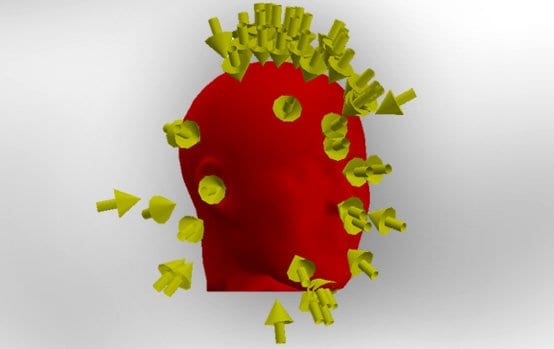
Connectivity and Power
Bluetooth 5 is quickly becoming the standard for new smartphone models and can operate in environments with existing 2.4GHz Wi–Fi networks.
Riddell’s InSite Training Tool challenged us to maintain robust communication between an remote alert monitor carried by a team trainer and 75 or more players wearing-sensor equipped InSite helmets. BLE 5 offers long-range connectivity via Coded PHY, allowing for steady device communication at distances of over 1,000 meters, depending on power output and the antenna used.
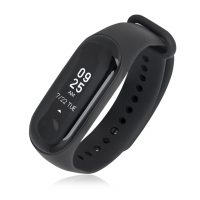
Increasing the viability of a new wearable device requires extending battery life to meet consumer expectations. Managing the power budget of your product is crucial; not only must your sensors be optimized, but your connection methods cannot place unnecessary strain on the charge cycle time for the user. Our experience with low power solutions allows us to design for wearables-sized products, which still maintain the ability to support clinical sensors and transmit data to a smartphone or within the required range.
Our Design and Development Capabilities
Our Mechanical and Electrical engineering capabilities help solve the challenges your of getting your new wearable to market. Our team can assist with all aspects of the design process, from prototype to market and manufacturability.
Medical device enclosure design is particularly important in wearables, especially those which come into contact with human skin. Not only must you ensure your device is comfortable, material sourcing and durability must also be considered. Biocompatibility factors, as well as FDA and quality requirements are also important to track in your hardware development process. Software development continually becomes more challenging as the functionality of new wearable devices increases. Our developers utilize an agile approach, with a focus on delivering the right software at the right time and with the appropriate level of verification/validation from unit testing to integrated systems testing.
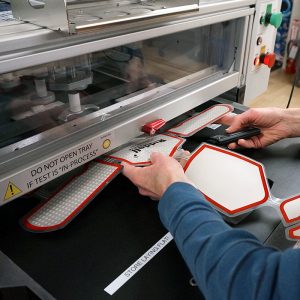
From defining a product requirements document to preparing your product for long-term business success, our team is capable of achieving the specific performance features and functions your device must meet in order to be successful as an engineering solution and as a consumer product.




